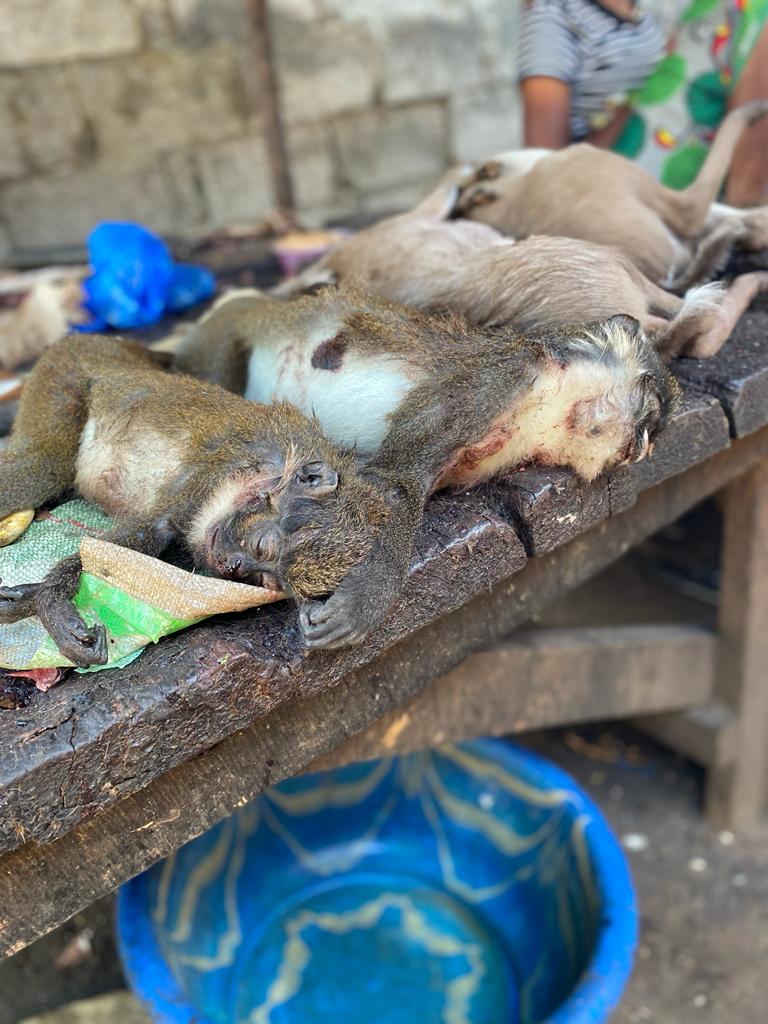
In the sun-drenched heart of Sierra Leone, where verdant hills meet the cerulean embrace of the Atlantic, a silent storm was brewing. Not thunder and lightning, but a slow, insidious shift in the earth’s rhythm, brought by the inexorable hand of climate change. Erratic rainfall, searing heat waves, and encroaching salt water gnawed at the edges of communities, threatening their very existence.
One such community was Koindu Kallon, is in Kailahun District, in the Eastern Province of Sierra Leone. It’s approximately 63 miles from Kenema and about 230 miles east of Freetown, the capital of Sierra Leone. a tapestry woven from generations of farmers and fishermen. Amadu Kallon, a young woman with eyes as deep as the ocean and a spirit as resolute as the baobab trees, watched the parched earth where laughter once echoed with the clinking of hoes and the joyous shouts of children playing in the puddles. Her grandfather, his wisdom etched in the wrinkles of his sun-kissed face, spoke of ancient proverbs, warnings whispered by the wind of a world out of balance.
But Amadu was not one to surrender to despair. Hope, like a stubborn seed in the cracked earth, bloomed in her heart. She had heard whispers of a program, “One Health in Action,” that promised to empower communities like Koindu to fight back against the rising tide. With a tremor of defiance in her voice, she rallied the villagers, their faces etched with worry but their eyes kindled with a spark of the old resilience.
One Health in Action, a coalition of scientists, veterinarians, and community leaders, arrived like a wave of green, their message echoing across the parched land. They spoke of integrated solutions, of understanding the interconnectedness of the environment, animals, and human health. They taught them to read the whispers of the wind, not with fear, but with knowledge. They trained them in drought-resistant farming techniques, water conservation practices, and early warning systems for extreme weather events.
Amadu led the women, their hands calloused but their spirits unyielding, as they planted rows of resilient seeds, nurtured by water harvested from the sky. The men, guided by veterinarians, learned to build healthier habitats for their livestock, safeguarding them from disease and protecting the land. Children, their laughter bubbling like a spring, became environmental sentinels, monitoring the land and reporting changes in the water and the wind.
Slowly, Koindu began to transform. Green shoots pushed through the parched earth, whispers of rain answered by the thirsty soil. The laughter of children, playing in fields no longer barren, painted vibrant melodies on the canvas of the village. But the fight was far from over. One Health in Action taught them that resilience was not a singular act, but a continuous dance with the ever-changing rhythms of the earth.
Amadu, her brow beaded with sweat but her eyes gleaming with pride, stood atop a hill overlooking the village. Koindu, once teetering on the precipice of despair, had become a beacon of hope, a testament to the power of community and knowledge. The rising tide still lapped at their shores, but now, they met it not with fear, but with the unwavering confidence of a grain of sand, refusing to be washed away by the tide of change. For Koindu, and countless other communities like it, One Health in Action wasn’t just a program; it was a movement, a whisper of resilience echoing across the wind-swept plains of Sierra Leone


